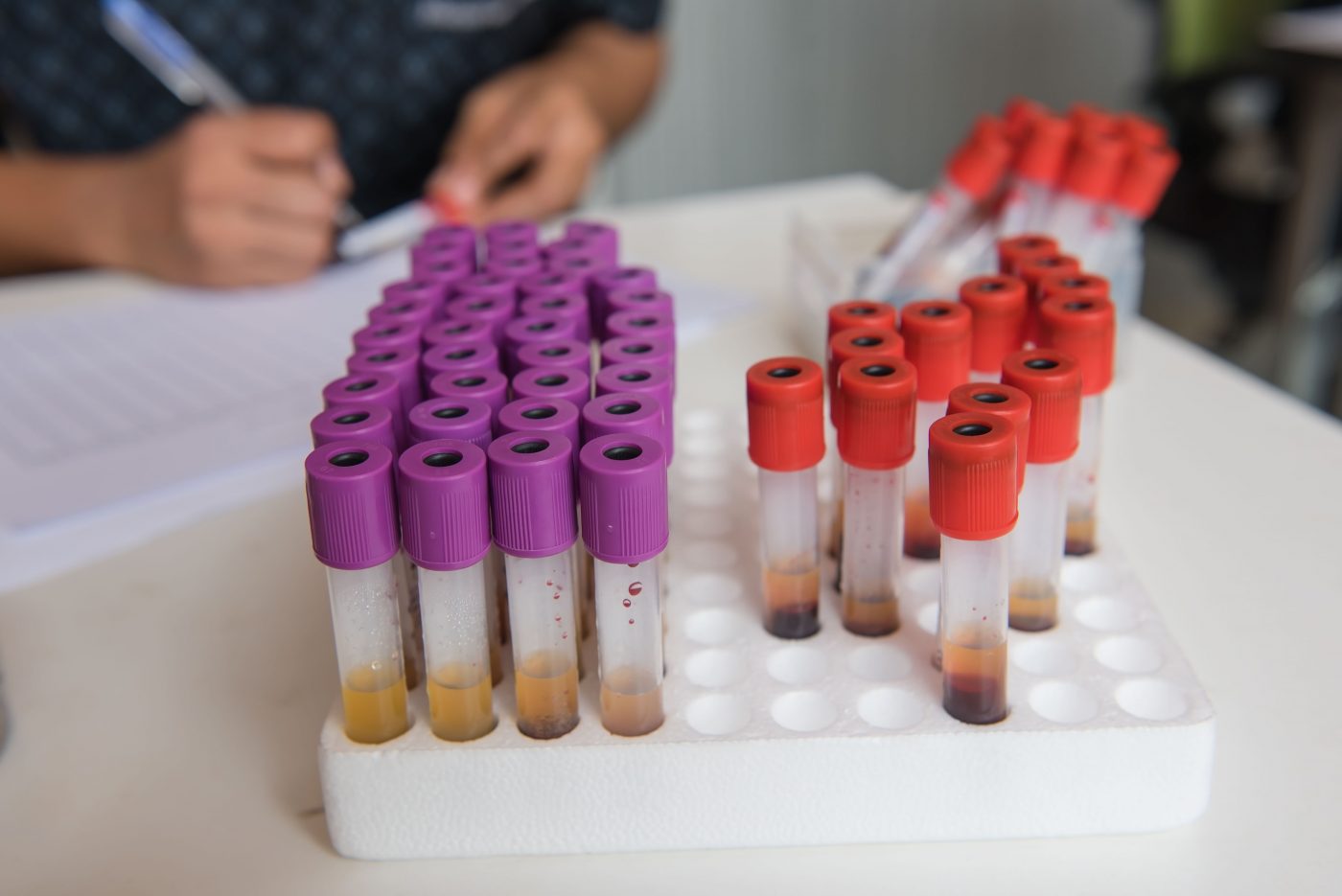High Levels of Osteopontin Protein Linked to Acute Exacerbations, Higher Mortality Risk in IPF Patients, Study Finds

High levels of the protein osteopontin in the blood are associated with acute exacerbations and a higher risk of death in people with idiopathic pulmonary fibrosis (IPF), a study found.
These findings suggest that osteopontin may potentially be used in the future as a biomarker of IPF prognosis, and a predictor of patient survival.
The study, “Prognostic Value of Serum Osteopontin in Acute Exacerbation of Idiopathic Pulmonary Fibrosis,” was published in the journal BioMed Research International.
IPF is a chronic lung disease of unknown origin that leads to the formation of scar tissue in the lungs, making it hard for patients to breathe. During the course of the disease, many people with IPF experience acute exacerbations — sudden aggravation of disease symptoms — that may lead to severe respiratory failure and death.
The exact mechanisms underlying these episodes of disease worsening are still unknown. But studies suggest that damage to the alveoli — the small air sacs that are responsible for gas exchanges in the lungs — injury, and excessive proliferation of the cells lining the inside of the lungs, called epithelial cells, play a crucial role during these exacerbations.
Osteopontin, known as OPN, is a protein involved in tissue regeneration, immune system regulation, cell survival, and bone reconstruction. Some studies reported that OPN produced by lung epithelial cells and macrophages — immune cells responsible for removing dead cells and debris — is involved in pulmonary diseases, such as tuberculosis and lung cancer.
Now, researchers in China investigated whether OPN could be used as a prognostic marker of acute exacerbations and a predictor of mortality among those with IPF.
To that end, the team measured and compared the levels of OPN and KL-6 — a serum marker of interstitial lung diseases — in the serum of 91 people. The participants included 32 IPF patients who showed signs of acute exacerbations within the previous month (AE-IPF), 39 people with IPF who did not experience severe episodes within the last three months (S-IPF), and 20 healthy individuals (controls).
All of the patients were being followed at the Nanjing Drum Tower Hospital, in China, between January 2015 and April 2018.
The results showed that the serum levels of OPN were significantly higher among those with AE-IPF (5.24 ng/mL), compared with those with S-IPF (2.93 ng/mL) and healthy individuals (0.71 ng/mL). Likewise, serum levels of KL-6 were higher among those with AE-IPF (1744 U/mL) than in those with S-IPF (909 U/mL).
Analyses of lung tissue samples taken from the IPF patients also revealed high levels of OPN in the epithelial cells lining the alveoli, as well as in macrophages surrounding fibrotic lesions, or tissue scarring. In contrast, OPN was not detected in lung tissue samples from the healthy controls.
Statistical analyses found a direct relationship between serum OPN levels in IPF patients and the levels of inflammation markers, like C-reactive protein (CRP) and lactate dehydrogenase (LDH). However, no significant associations were found between the levels of OPN and KL-6.
Moreover, high serum levels of OPN, KL-6, CRP, LDH, and poor lung function — assessed using forced vital capacity and diffusing capacity — were found to be all associated with a higher risk of acute exacerbations.
OPN levels greater than 3.24 ng/mL were associated with an increased risk of mortality among those with IPF, further analyses also showed.
“This was the first study to demonstrate elevated serum OPN levels in AE-IPF patients, which was associated with acute exacerbation state and increased mortality risk,” the researchers said.
“More studies are needed to verify and extend the role of OPN, to determine whether or how OPN plays a role in the progress of AE [acute exacerbations], and to confirm the clinical usefulness of OPN as a biomarker for AE-IPF occurrence and predictor of survival in IPF patients,” they added.







